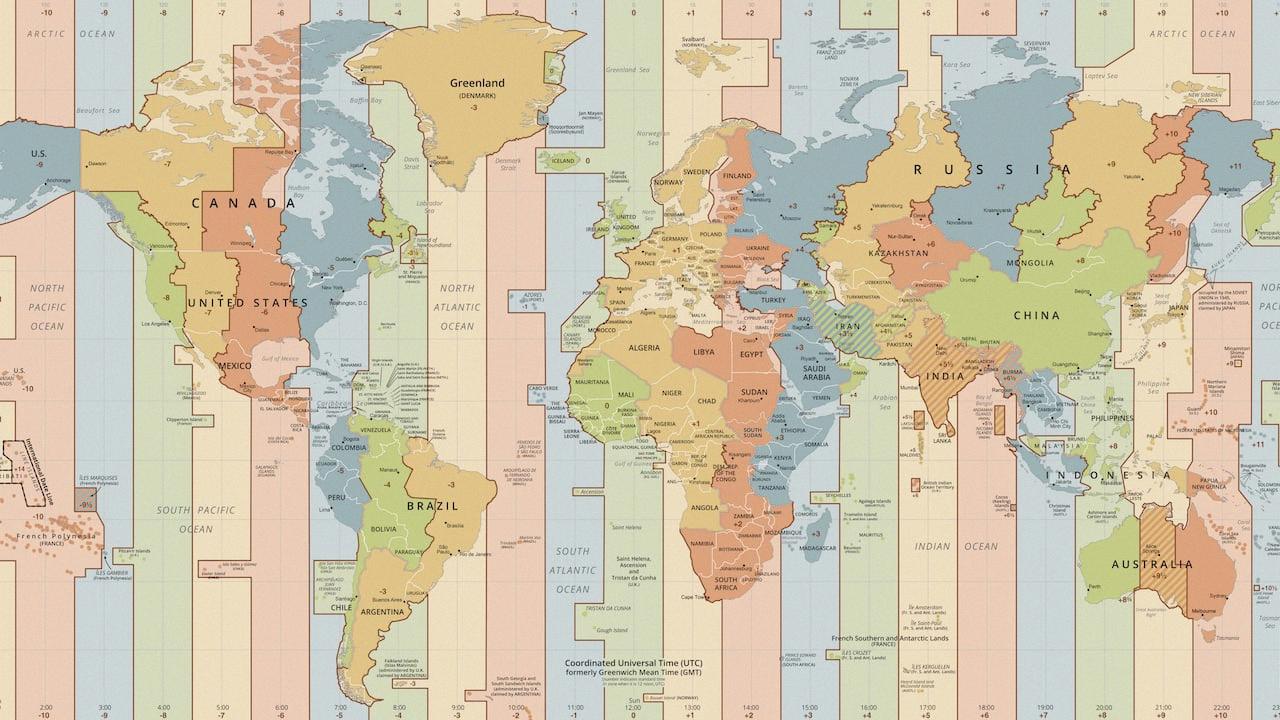How To Convert Utc To Eastern Time? Quick Guide

Converting UTC to Eastern Time is a common requirement for individuals and businesses operating across different time zones. The process involves understanding the offset of Eastern Time from Coordinated Universal Time (UTC) and applying it accordingly. Eastern Time can refer to either Eastern Standard Time (EST) or Eastern Daylight Time (EDT), depending on whether daylight saving time is in effect.
Understanding UTC and Eastern Time
- UTC (Coordinated Universal Time): This is the primary time standard by which the world regulates clocks and time. It is not subject to daylight saving time and remains constant.
- EST (Eastern Standard Time): This is the standard time zone for the eastern coast of the United States. It is UTC-5 hours, meaning it is 5 hours behind UTC.
- EDT (Eastern Daylight Time): This is the daylight saving time version of Eastern Time, observed during specific periods of the year. It is UTC-4 hours, one hour ahead of EST.
Conversion Steps
Determine the Current Time in UTC: First, you need to know the current time in UTC. This can be obtained from a world clock website, a time zone converter tool, or a device set to UTC time.
Identify Whether EST or EDT is Applicable: Depending on the time of year (daylight saving time or standard time), decide whether you are converting to EST or EDT. In general, the United States observes daylight saving time from the second Sunday in March to the first Sunday in November.
Apply the Conversion:
- For EST (UTC-5): Subtract 5 hours from the UTC time.
- For EDT (UTC-4): Subtract 4 hours from the UTC time.
Examples
- Converting UTC to EST:
- If it is 14:00 UTC, subtract 5 hours to get 09:00 EST.
- Converting UTC to EDT:
- If it is 14:00 UTC, subtract 4 hours to get 10:00 EDT.
Tools for Conversion
While manual conversion is straightforward, there are many online tools and software applications that can automatically convert UTC to Eastern Time for you, taking into account whether it’s standard or daylight saving time. Some popular options include:
- World clock websites
- Time zone converter tools
- Calendar applications on smartphones and computers
- Virtual meeting scheduling tools that can handle time zones
Practical Considerations
- Daylight Saving Time (DST): Always check if DST is in effect in the Eastern Time zone you are converting to, as this changes the offset from UTC by one hour.
- Automated Systems: For recurrent conversions, especially in business or scheduling, consider using automated systems that can account for DST and time zone differences accurately.
- Communication: When communicating across time zones, clearly specify the time zone of the scheduled event or deadline to avoid confusion.
By following these steps and considerations, converting UTC to Eastern Time becomes a straightforward process, whether for personal use or professional applications. Remember, the key is understanding the current offset due to daylight saving time and applying it accurately to the UTC time.

